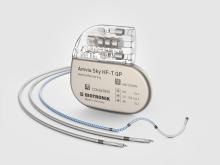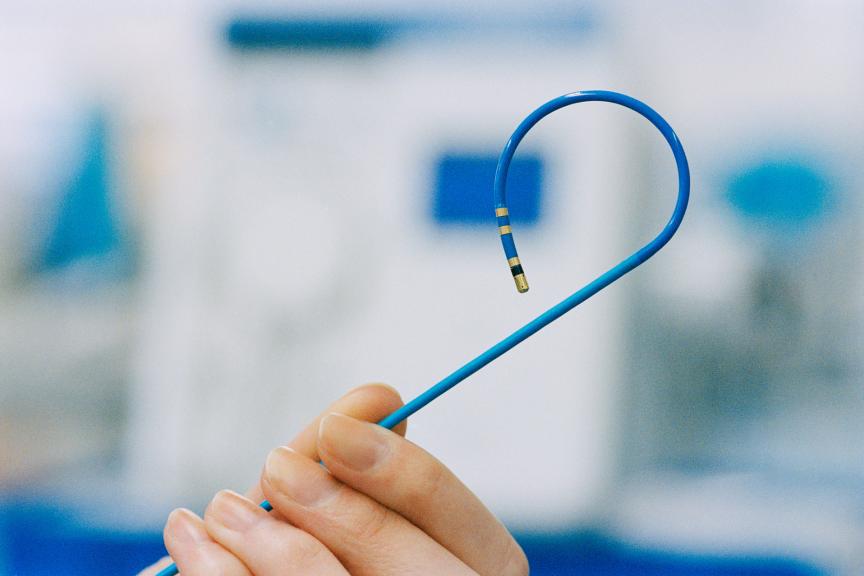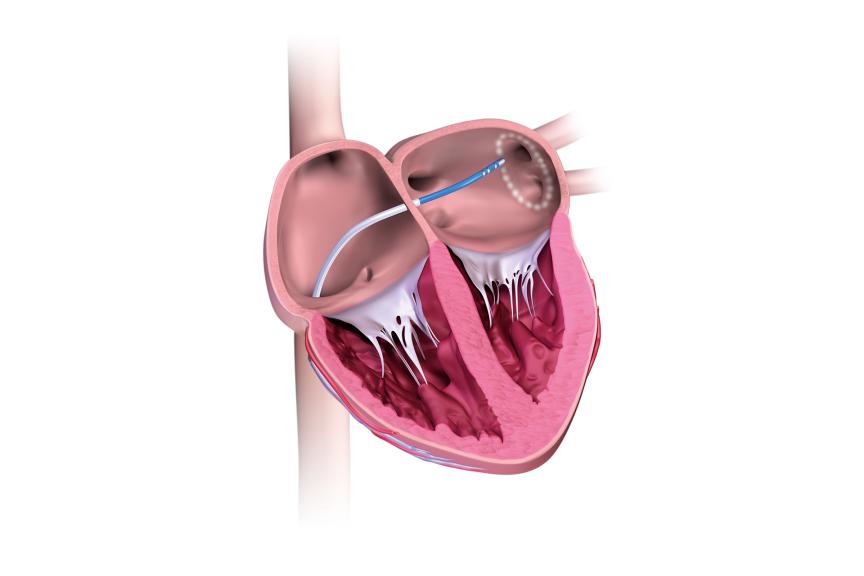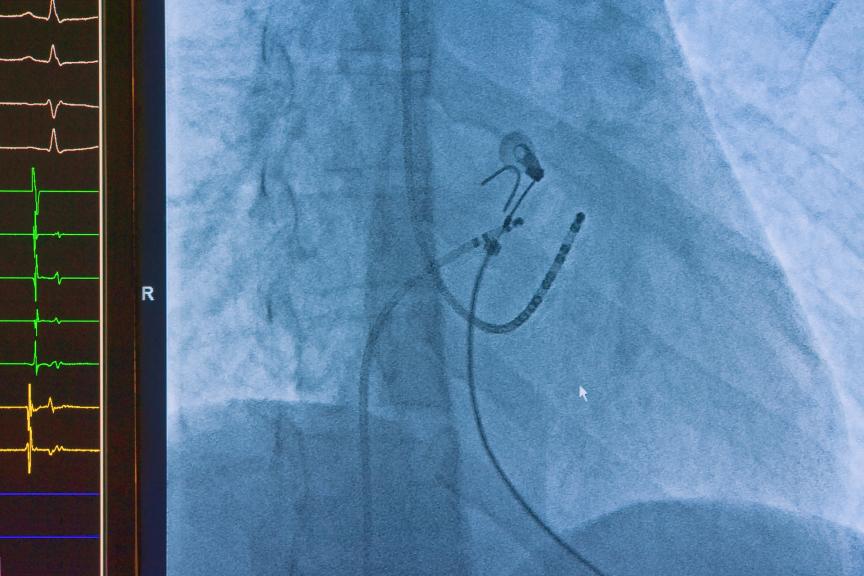What is Catheter Ablation
Special cells in the heart create electrical signals that travel along pathways to the heart chambers. These signals make the heart’s upper and lower chambers beat in the proper sequence and rhythm. Abnormal tissue may create disorganized electrical signals causing rapid or irregular heartbeats called arrhythmias. During a catheter ablation, the cardiologist uses electrodes to deliver a safe pulse of radiofrequency energy to destroy these diseased areas of heart tissue. This helps to restore the heart’s regular rhythm.





